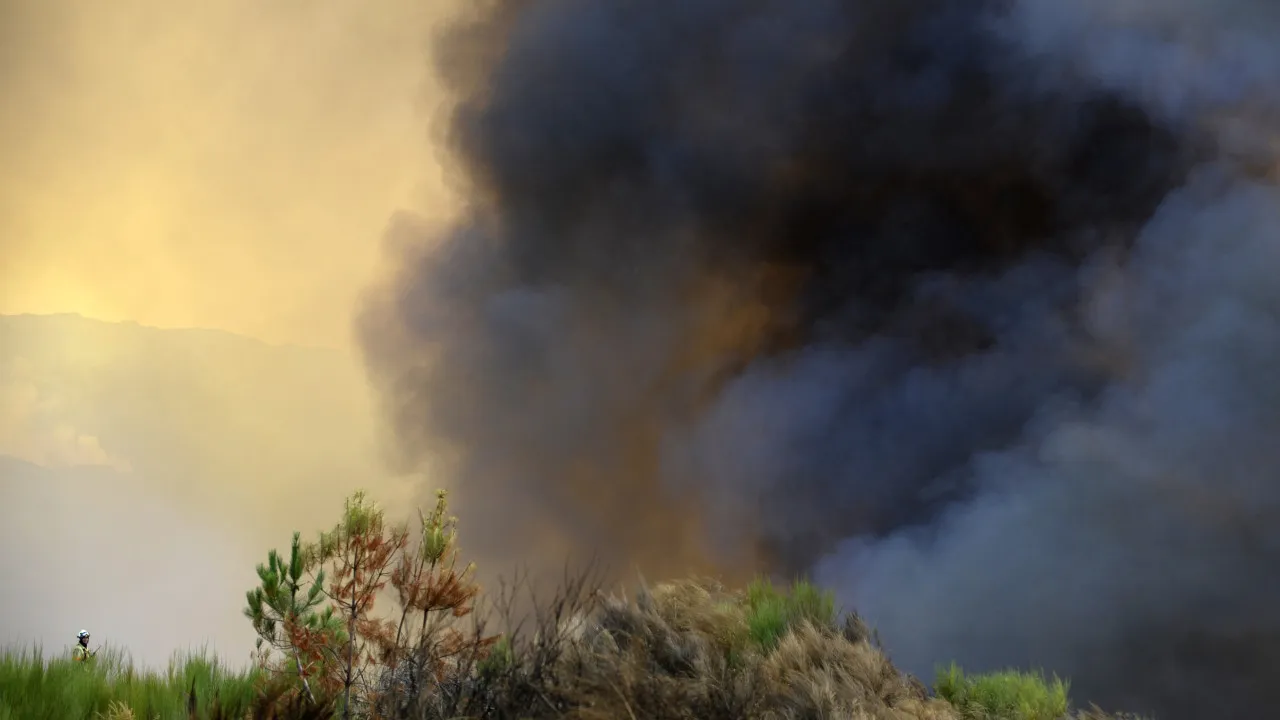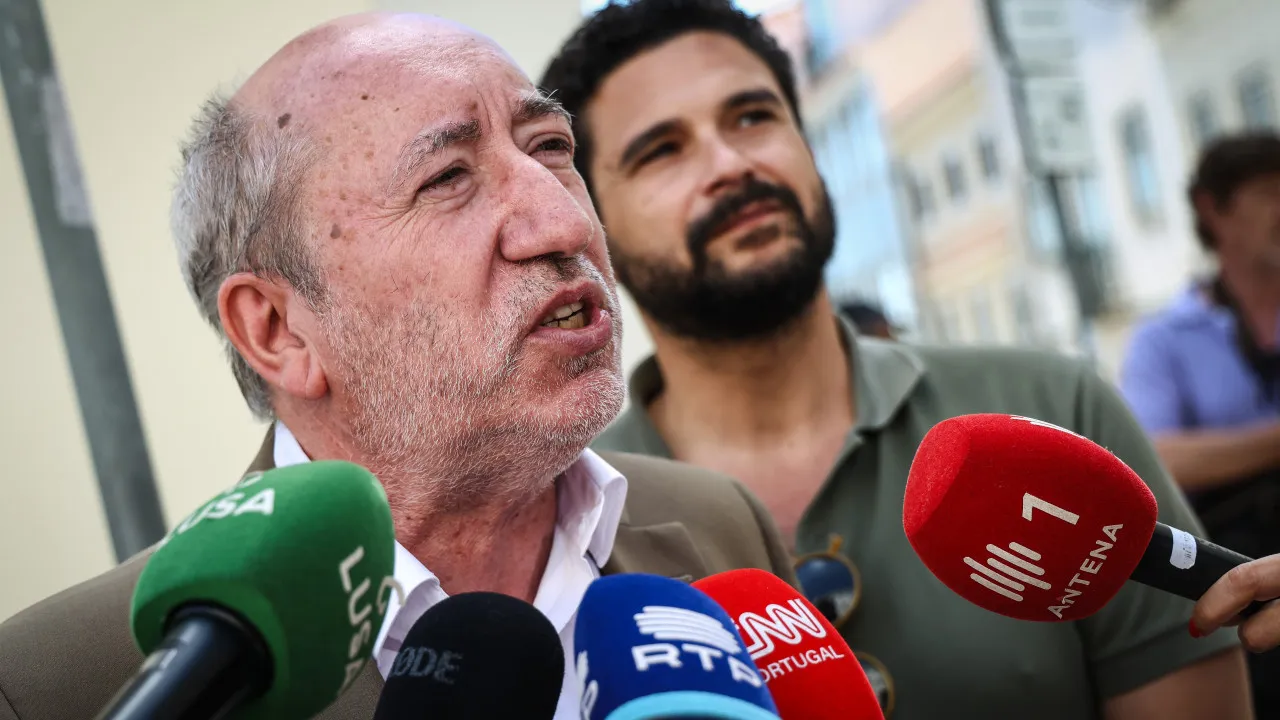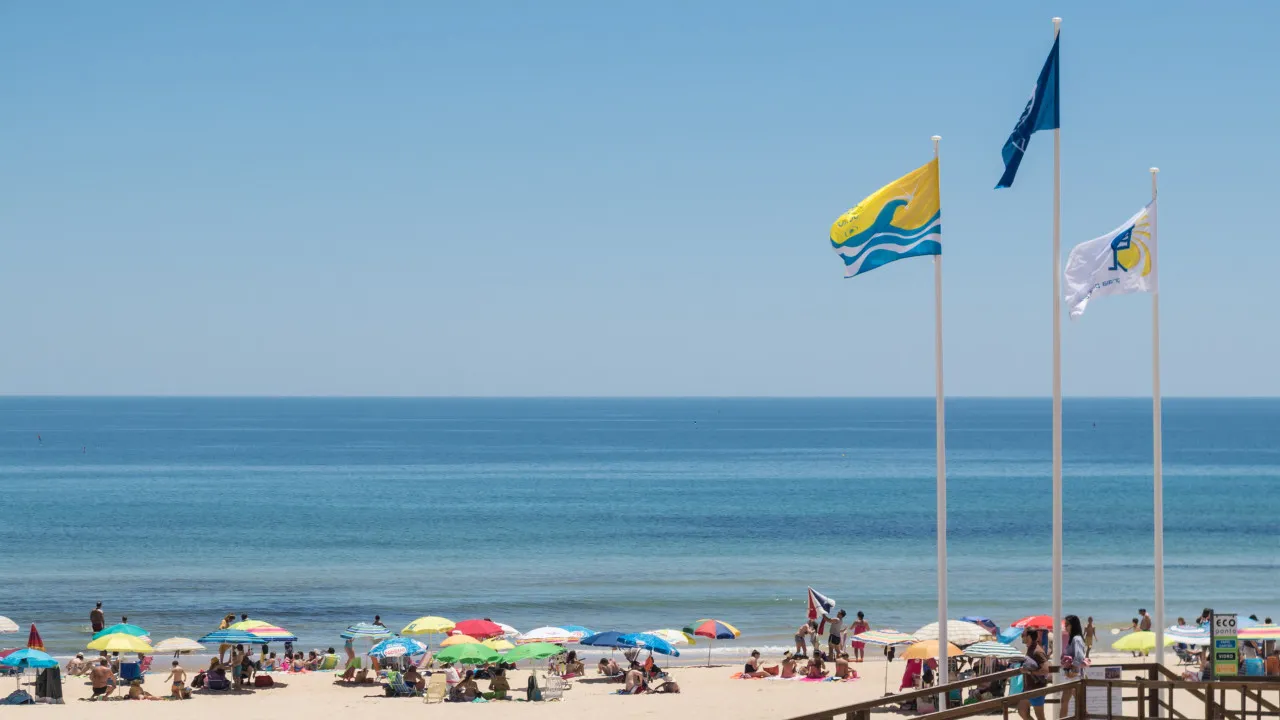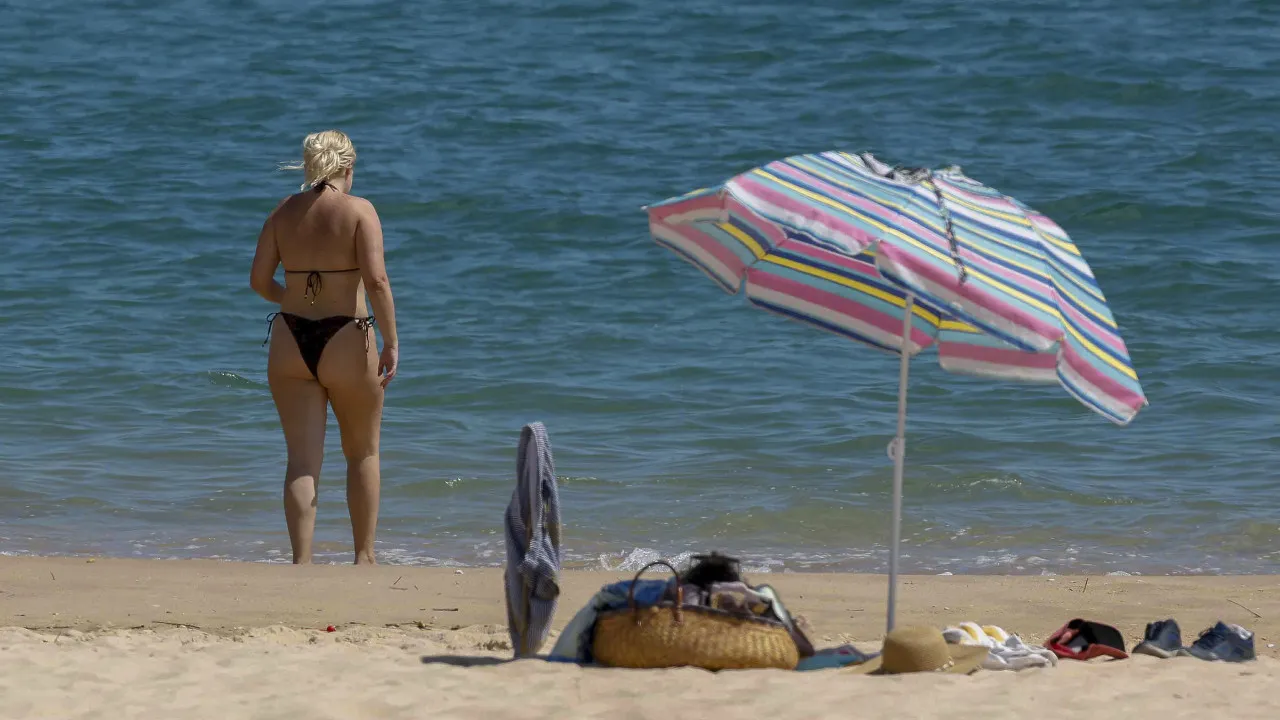
“In certain places, the population was closer to the fire than the firefighters. It wasn’t the most appropriate response. It seems like no one understands each other. Are the firefighters seeing the fire right in front of them and have to wait for command authorization to put it out? What’s the use of having resources if there’s no one to act?” questions Carlos Monteiro, known as “Uncle” Carlos from the Lourido café, in the village sharing the same name, located in the Peneda-Gerês National Park (PNPG), in the municipality of Ponte da Barca, Viana do Castelo district.
Carlos assures that civilians “were on the ground, they know the terrain” and know “where to run” from the fire, in addition to having helped in Ermida, another village threatened by the flames, now surrounded by a burnt Amarela mountain range with only small green patches remaining.
“If the goal was to burn, everything is burnt,” sums up Manuel Lopes, a 50-year-old expatriate who arrived from France on the day the fire began, on July 26.
Originally from Lourido, 50-year-old Manuel says he’s never seen such an “uncontrolled fire” before.
“I’m upset because, with the resources we had, I don’t understand how so much area burned. Other times it was nearly extinguished by the population alone. This time, with so many aerial and ground resources, how did the entire PNPG [in the municipality of Ponte da Barca] burn?” he asks.
Manuel witnessed firefighters “watching the fire without acting, saying they were waiting for a command order.”
“They wait for the fire to reach the town. It’s letting [the forest] burn, but the people oppose it,” he explains.
The resident claims to have seen “liters of water dumped where it had already burned,” while “the Institute for Nature Conservation and Forests [ICNF] is only interested in Cabril and the Albergaria [forest located in another part of the PNPG].”
“The house might burn, but the wolf cannot be touched,” he observed.
Carlos Monteiro adds that “if the helicopter drops water on a fire line and there’s no one on the ground to put out the fire, it’s useless.”
“We, the civilians, were there, on the ground,” assures the café owner, now concerned about the absence of customers during the high season.
According to Carlos, they were fighting the flames with “resources unfamiliar with the terrain, who don’t know where to escape and become fearful.”
“Our forestry saplings were tireless; without their effort, the dimensions would have been worse. More action resources were needed,” he argues.
Asked about the role of the ICNF, which manages the PNPG and had several jeeps circulating in the area today, Carlos says he still hasn’t understood “what they do.”
“The company Tobogã [specializing in adventure and nature tourism], besides monitoring, cleans. At the end of each season, they go around picking up litter—bottles, bags, plastics. They are the greatest guardians,” he emphasizes.
At the café Lourido, all the conversations this morning were about the fire that was controlled on Sunday, about a week after it started, and today is “nearing conclusion,” mobilizing 107 men supported by 40 vehicles, according to the Civil Protection page at 15:30.
“I only have four cows, but I’m missing one. It’s been lost since Sunday. It was on the hill. But it’s not just mine. Many are missing,” laments Jorge Lopes, native of Lourido living in the neighboring village of Ermida.
In Ermida, fields of corn and hay, used to feed animals, also burned.
“What wasn’t collected has disappeared,” residents report, explaining Lourido has five dairy farms and Ermida eight.
In one of the first houses in the village of Ermida, 84-year-old Maria Paula gives “thanks to God” that there are no “houses ablaze.”
“But the mountain is all burnt. Just yesterday [Monday] it caught fire near the saint [at the village entrance], but people came and put it out. We only have this unburnt edge here. If the fire returns, it’ll take the rest,” she says.
Further along, 84-year-old Ana Assunção admits her fear that the fire would enter the village and feels “as sorry for the livestock as for the people.”
“Now where will they eat?” she worries.
Resident in Paradela, another area also affected by the flames, 37-year-old Marta Lobo manages a lodging in Ermida and says the population “is trying to return to normal.”
“It was all green, the animals always had pasture. Now, I don’t know. Looking at the mountains and seeing everything blackened is not pretty. It’s an image burned into memory,” she assures.
The PNPG was established in 1971, managed by the ICNF, and covers an area of 69,596 hectares. It spans the districts of Braga (municipality of Terras de Bouro), Viana do Castelo (municipalities of Melgaço, Arcos de Valdevez, and Ponte da Barca), and Vila Real (municipality of Montalegre).
Provisional ICNF data indicate the fire in the PNPG consumed 5,786 hectares of this protected natural area.




